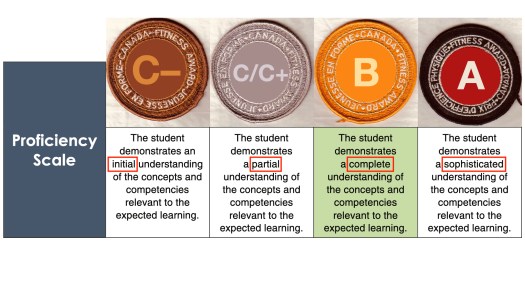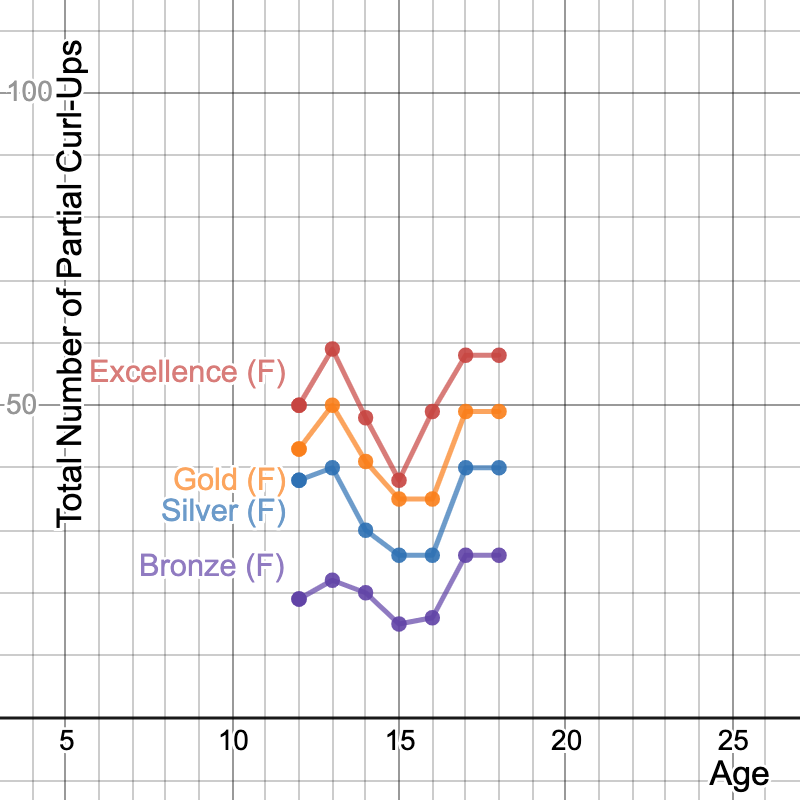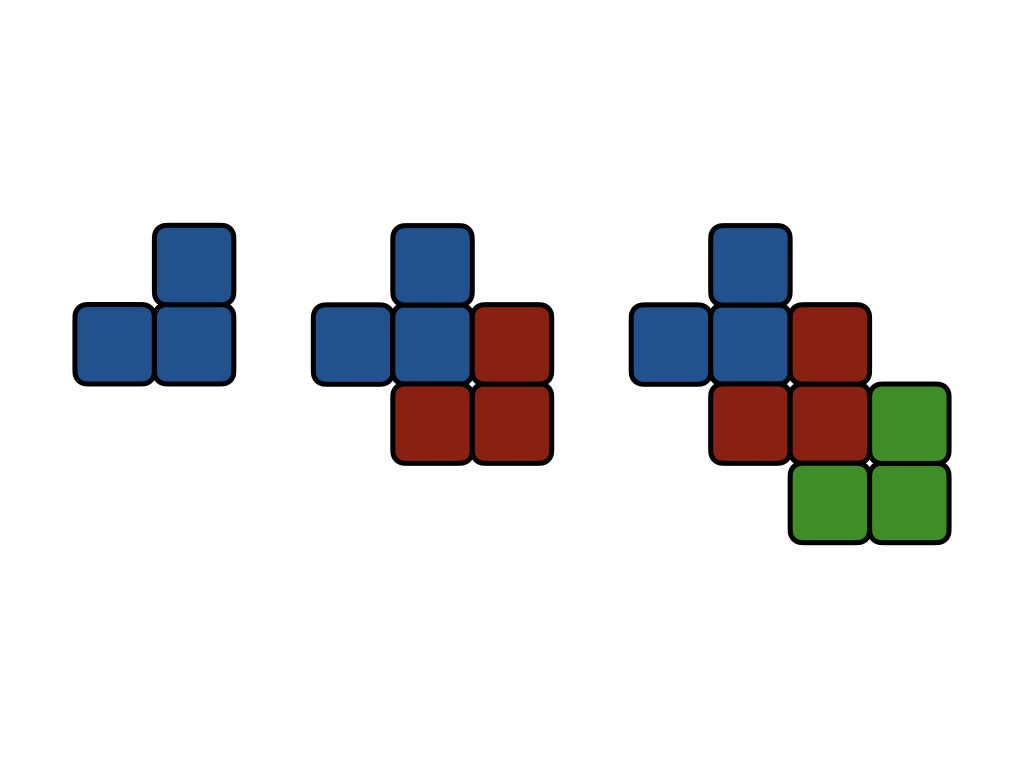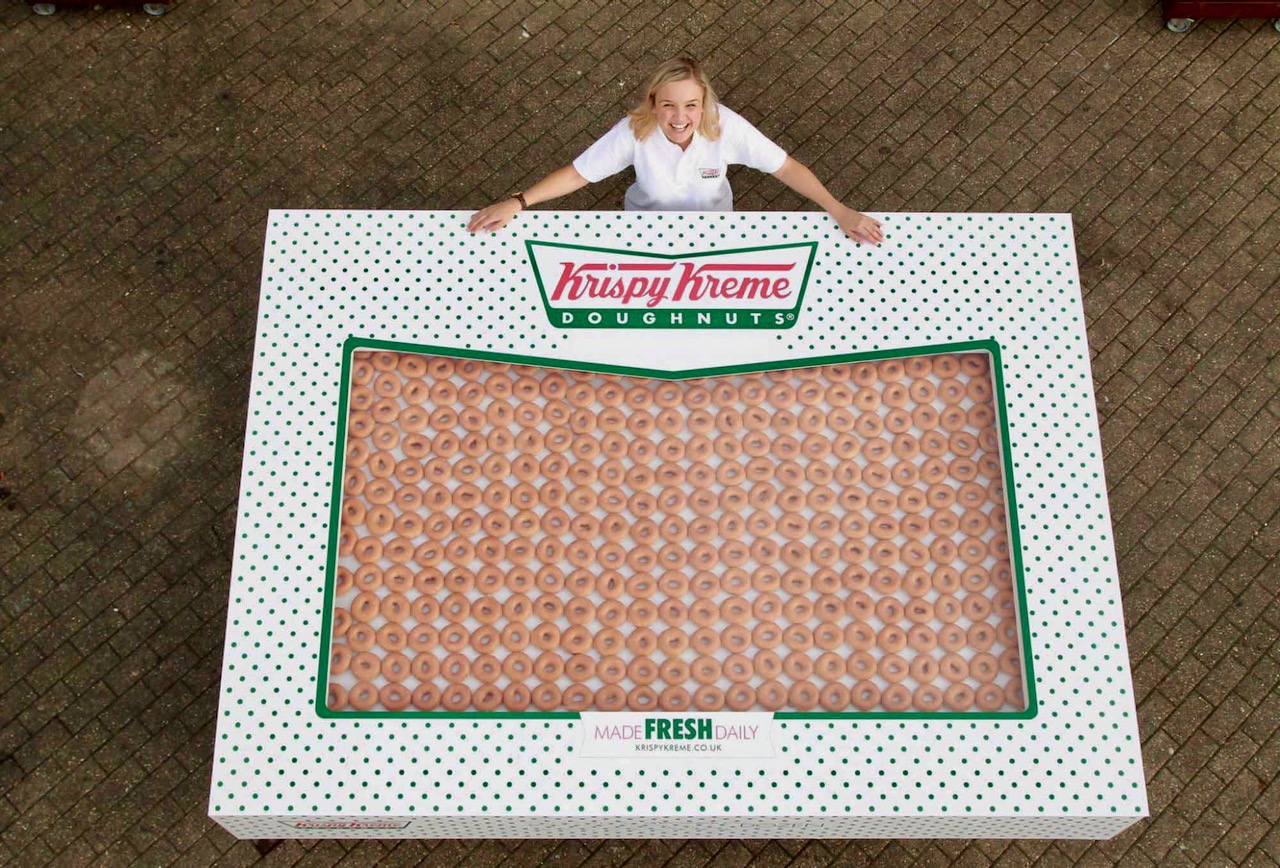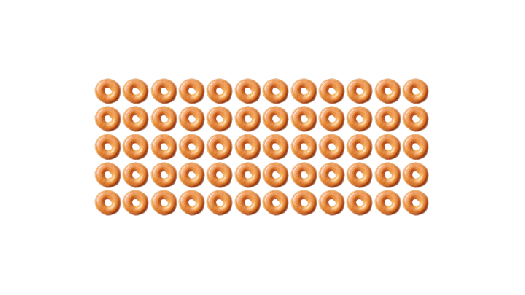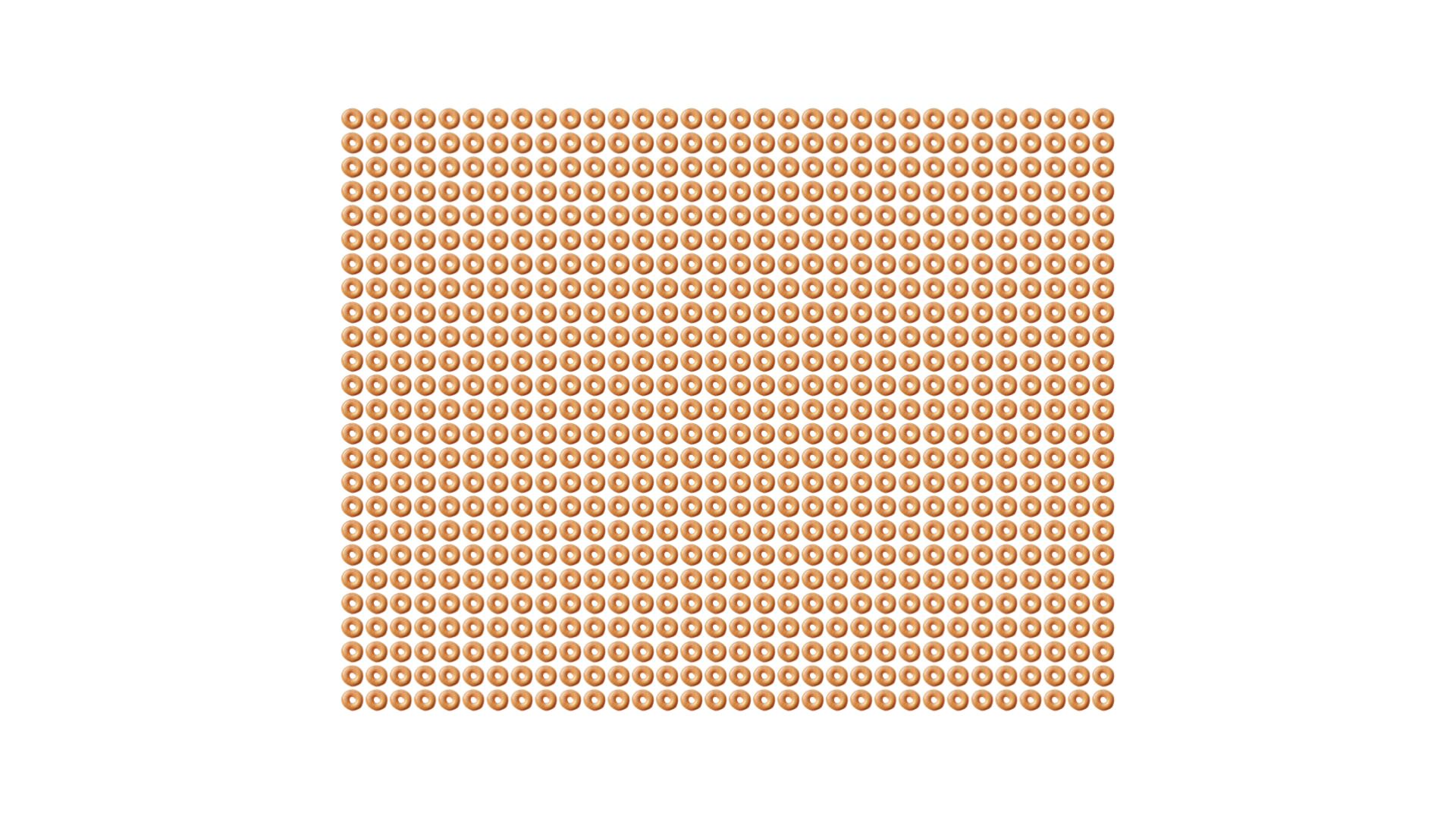Canada began to go metric in the ’70s. Fifty years ago. Look at the following flyer from 2020. What do you notice?

Baby back ribs are on sale for $11.00/kg but it’s the price per pound that’s front and centre. Same for strawberries. So you might think that imperial units are the norm at the grocery store. But sockeye salmon is on sale for $3.29/100 g. Note that the unit in this unit price is not 1 kilogram but 100 grams. Okay, so meat and produce are (prominently) imperial and seafood is metric. Why this difference? Maybe, to the Canadian consumer, $4.99 per pound feels less than $11.00 per kilogram. Then why not go all the way and advertise $1.10/100 g? The next stop is the deli where corned beef goes for $2.99/100 g. This time, meat is metric. Potato salad, too. To summarize, (fresh) meat and produce are imperial whereas seafood and (deli) meat and salads are metric. Potatoes are priced per pound — unless in a picnic salad. And this is just at the grocery store.
The Fresh St. flyer is typical of everyday life in Canada. Today, social distancing signs remind citizens to stay 2 metres, or 6 feet, apart. Canadians are fluent with both. This is not true of linear measures across all contexts. When driving or walking, I think kilometres or metres. After all, all roads signs were metric a good ten years before I began to drive. One lap around my school’s track was–still is–400 m, my “How far of a walk is it?” referent. Two metres and six feet are interchangeable when it comes to social distancing but a person’s height requires more precision and, thus, smaller units. So centimetres and inches it is, right? Nope. Feet and inches. Metres and centimetres are reserved for driver’s licenses and other official documents. Similar for a person’s weight, by the way.
Volume? Litres of gas but gallons of paint. In a restaurant or pub, a pint (20 imperial fluid ounces) or a bottle (341 millilitres) of beer, a five-ounce glass or a half-litre of wine. Temperature? Celsius for weather, Fahrenheit when cooking.
There are generational and provincial differences but I’m in line with the majority of Canadians.
This system of two systems of measurement can partly be explained by our proximity to the US. But there’s more to it. Conversion means new benchmarks and referents. And the old ones are sticky…
When thinking about a person’s height, six feet means something to me whereas 183 cm does not. Right away, I connect 6′ with the short side of tall or the tall side of average. Not so for 1.83 m. One hundred eighty-three centimetres could go about becoming a new benchmark in one of two ways: like milk or like butter. Milk is sold in 4 L jugs. Milk didn’t just slap a 3.89 L label on a gallon jug and call it a day. A new number, a new referent. (Remember milk bags? Blame metrification.) Butter, on the other hand, is sold in 454 g (i.e., still 1 lb) blocks. I can’t think 1 lb without also thinking 0.454 kg. I don’t foresee that happening to 6′ and 1.83 m. Two–in place of 1.83–metres isn’t helpful outside of the NBA. One hundred eighty centimetres has a nice ring to it and, at what we think of as 5’11”, would probably a better barometer of short or tall.
I will never not know that a National Hockey League (NHL) rink is 200 feet long, a measure set in cement by the phrase “a bad penalty 200 feet from his own net.” No Canadian hockey fan would ever use metres when talking about The Game. The length of a Canadian Football League (CFL) field is 110 yards, a noticeably non-metric number. This places midfield at the fifty-FIVE-yard-line, which is just awkward. Here’s the thing: 110 yards is 100.58 metres. That’s so close to one-hundred. Mathematically, I’d like to see a metric field. Even in a game of inches, a change from 100.58 to 100 metres would be negligible. Differences in downs would be more significant: 1st and 10 (metres) would be 1st and 10.94 (yards). (Still three downs to gain them.)
I can move fluently between outside temperatures of 20 ℃/68 ℉ or above; below I’m subtracting thirty and dividing by two. Zero–not 32–is my freezing temperature. But those baby back ribs above? 275 degrees Fahrenheit, low and slow. Pizza? 450 ℉. These numbers resist being replaced — they are “baked” in.
For a long time, Canadian curriculum was mandated to be metric. Imperial units were part of everyday life but not school life, real-world math but not school math. Fortunately, the imperial system of measurement has found a place in BC’s mathematics curriculum. Unfortunately, that place is Workplace Mathematics 10. This means that not all students in BC are taught imperial alongside metric. Learning imperial serves a purpose greater than “talking with Americans”; it’s part of Canadian culture.
Many teachers, however, still believe that all curricular materials must be metric. If, in a workshop, I pose a problem with imperial units, I promise that at least one colleague will point it out. But there are much more important questions to ask when evaluating tasks than “Are the units metric?”:
- Is the task engaging?
- Is it aligned with grade-level content?
- Does the problem require problem solving?
- Does it help students develop conceptual understanding or procedural fluency?
- Does it have multiple solutions or allow multiple approaches?
- Does it encourage discourse?
Consider Andrew Stadel’s File Cabinet three-act math task (surface area; Grade 8). Six enthusiastic yeses to the questions above. Live with the inches in Act 2. Or take the classic maximize area given a fixed perimeter/minimize perimeter given a fixed area tasks (Grade 5). Why give your students 1-inch square colour tiles to model these problems but not talk about the dimensions of the manipulatives? Be flexible in earlier grades. Say “they’ll need it for high school” if you get any pushback. (You won’t.)
Tasks that ask students to make comparisons or justify decisions lend themselves to using mixtures of units. For example, take a moment to think about the heights of the following action film actors.

Like your students, you probably placed the Toms–Cruise and Holland–on the left, Dwayne Johnson and Jason Momoa on the right. I can provide you with measurements and ask “How confident are you now?”

Note that it’s easy to make two comparisons: Dwayne Johnson is taller than Tom Cruise; Jason Momoa is taller than Tom Holland. (If you–or one of your students–lacked this bit of pop culture knowledge, you’re now up to speed.) These comparisons involve converting within systems of measurement: inches to feet and centimetres to metres (or vice versa). Comparing Johnson with Momoa and Cruise with Holland is more challenging; it demands converting between systems: metres or centimetres to feet or inches (or vice versa). This elicits an essential mathematical understanding: using the same unit to measure different objects makes it easier to compare these objects.
Would you rather…? math tasks also provide opportunities for students to learn imperial alongside metric. For example,
Would you rather…
(A) run a half-marathon or
(B) take part in a 20K run?
Would you rather…
(A) drive from Vancouver to Montreal (4554 km) or
(B) drive from San Francisco to New York (2903 mi)?
Would you rather…
(A) buy a vehicle with a fuel economy rating of 7.7 L/100 km or
(B) buy a vehicle that gets 33 mpg?
Would you rather…
(A) get gas at home or
(B) go to the US for gas?







